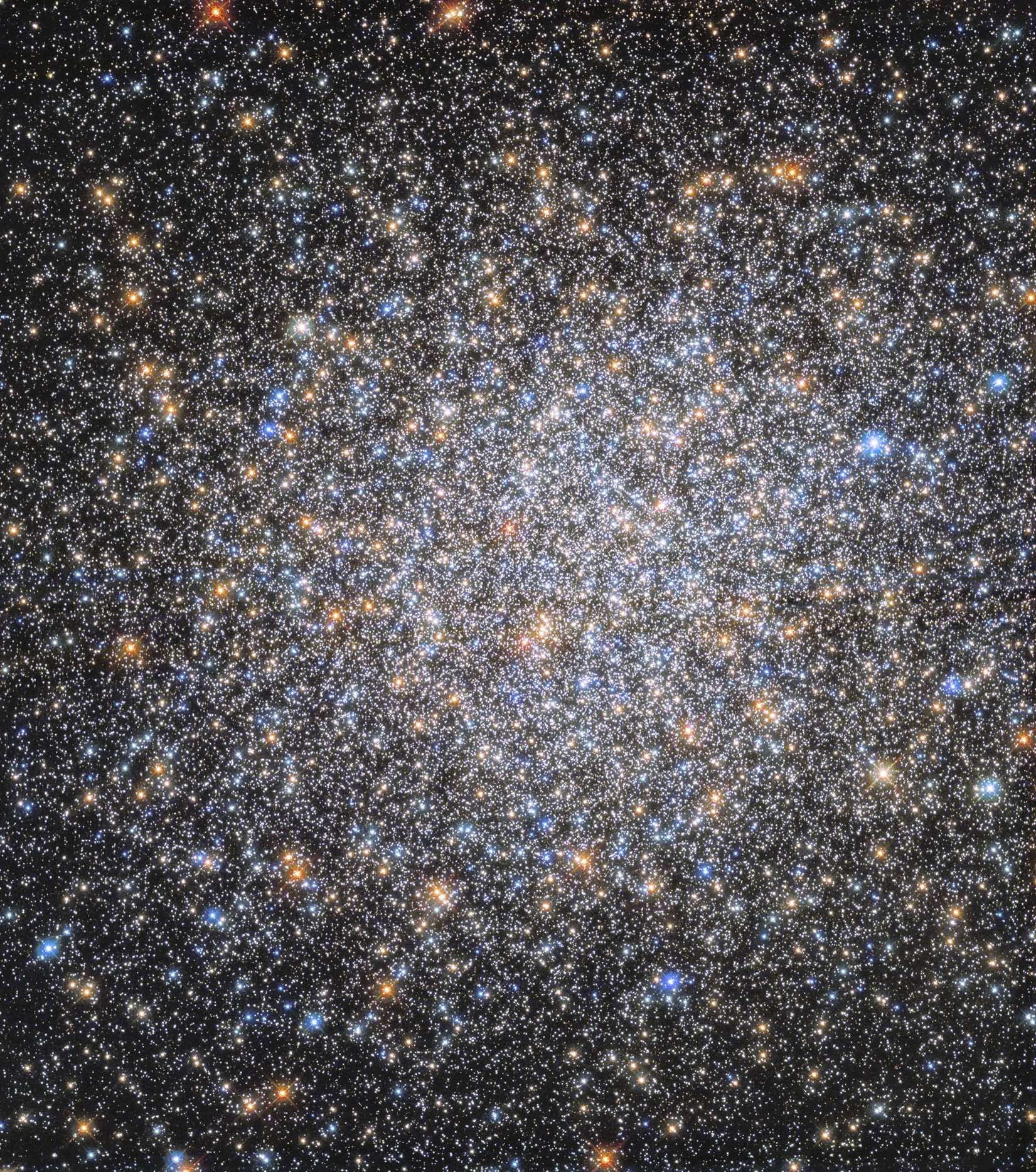M14 | NGC 6402 | Globular Cluster | Ophiuchus | 30,300 Light Years Away
Messier 14 is a globular cluster located in the constellation Ophiuchus, discovered by Charles Messier in 1764. Positioned around 30,300 light-years away from Earth, this stellar assembly is part of the Milky Way galaxy. With a diameter of approximately 70 light-years, Messier 14 contains a multitude of stars, primarily concentrated towards its central region.
The stars within Messier 14 are predominantly old, with an estimated age surpassing 13 billion years, making it one of the ancient globular clusters in the Milky Way. Observations of this cluster provide astronomers with valuable data to study the dynamics and evolution of globular clusters, offering insights into the early stages of galaxy formation and the processes governing the behavior of stars in these dense stellar communities. Despite not being as well-known as some other celestial objects, Messier 14 serves as a key component in unraveling the mysteries of our galaxy’s structure and history.
Globular clusters like Messier 14 are crucial for understanding the stellar populations in the Milky Way. The study of their properties, such as age, composition, and distribution, contributes to our broader understanding of galactic evolution and the complex interplay of stars within these ancient stellar groupings. While Messier 14 may not be as visually prominent as some other clusters, its scientific significance underscores its role in advancing our comprehension of the universe’s grand tapestry.

